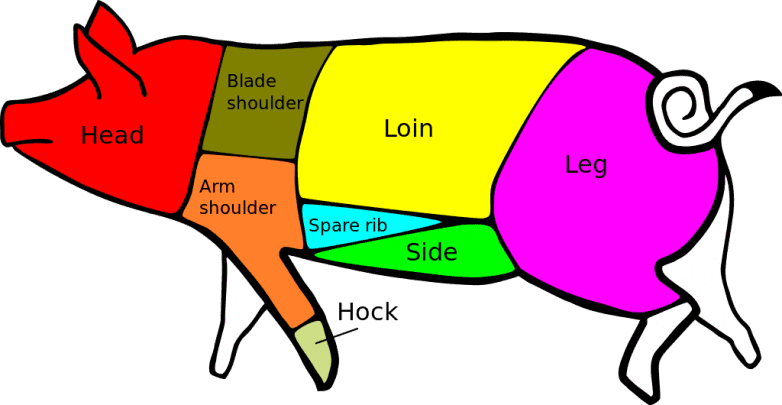 Our nation’s legislative branch is stalemated on issue after issue, from the complexities of immigration reform to the housekeeping details of keeping the government from shutting down. Lawmakers have little incentive to compromise, buck their leadership, or work across party lines. President Trump has proposed a solution: Bring back earmarks.
Our nation’s legislative branch is stalemated on issue after issue, from the complexities of immigration reform to the housekeeping details of keeping the government from shutting down. Lawmakers have little incentive to compromise, buck their leadership, or work across party lines. President Trump has proposed a solution: Bring back earmarks.
Traditionally, legislators would attach spending projects to bills they wanted passed as a way to attract key votes. A Republican senator might approach two Democratic colleagues and say, “Vote for my bill, and I’ll add a rider that would build an air force base in your state.” All kinds of negotiations and deals were possible: “We need your vote for the tax reform bill. How about if we build a new federal building in your district? We’ll even name it after you.”
Earmarks were the way dams were built, highway funds were distributed, and federal grants flowed to state and local projects. (Also the occasional bridges to nowhere.) Lawmakers thus had an incentive to vote otherwise than the way their party dictated, since they had an even greater incentive to keep their local voters happy.
Another name for earmarks and this way of doing Congressional business is “pork barrel politics.” Fiscal conservatives have tended to criticize this approach–often while making exceptions for themselves– for increasing government spending. Pork barrel spending also seems like legalized corruption, a kind of bribery, though it goes to constituents rather than the politician, as such.
Defenders of earmarks argue that they benefit local communities and are a mechanism that enables representatives to serve the interests of their constituents. This gives voters a stake in their government and in their elected officials.
For better or worse, this is how Congress and the Senate worked for much of its history, and it accelerated through much of the 20th century with the largesse of the New Deal and the Great Society. The legislature could certainly “get things done.” But at the cost of ever-increasing federal spending and a spiraling national debt.
But, as Mattie Duppler observes, Republicans, who had taken control of the House of Representatives, banned earmarks in 2010. This was largely the work of House Speaker John Boehner, for whom it was one of his proudest achievements.
In the aftermath, as Duppler shows, federal spending actually has gone down, from a projected 26% of the GDP to 21%. But so has the ability to “get things done.” And so has the popularity of Congress.
President Trump has proposed bringing earmarks back. “I think you should look at a form of earmarks,” he told lawmakers at his recent White House meeting on immigration. “One thing it did is it brought everybody together.”
A president known for “the art of the deal” apparently sees the need of having bargaining chips to deal with.
It’s now being reported that Republican Congressional leadership is considering bringing back earmarks. UPDATE: The House Rules Committee is conducting hearings on the issue.
What do you think about this?
Illustration: Public Domain, https://commons.wikimedia.org/w/index.php?curid=1577612
 Our nation’s legislative branch is stalemated on issue after issue, from the complexities of immigration reform to the housekeeping details of keeping the government from shutting down. Lawmakers have little incentive to compromise, buck their leadership, or work across party lines. President Trump has proposed a solution: Bring back earmarks.
Our nation’s legislative branch is stalemated on issue after issue, from the complexities of immigration reform to the housekeeping details of keeping the government from shutting down. Lawmakers have little incentive to compromise, buck their leadership, or work across party lines. President Trump has proposed a solution: Bring back earmarks.










